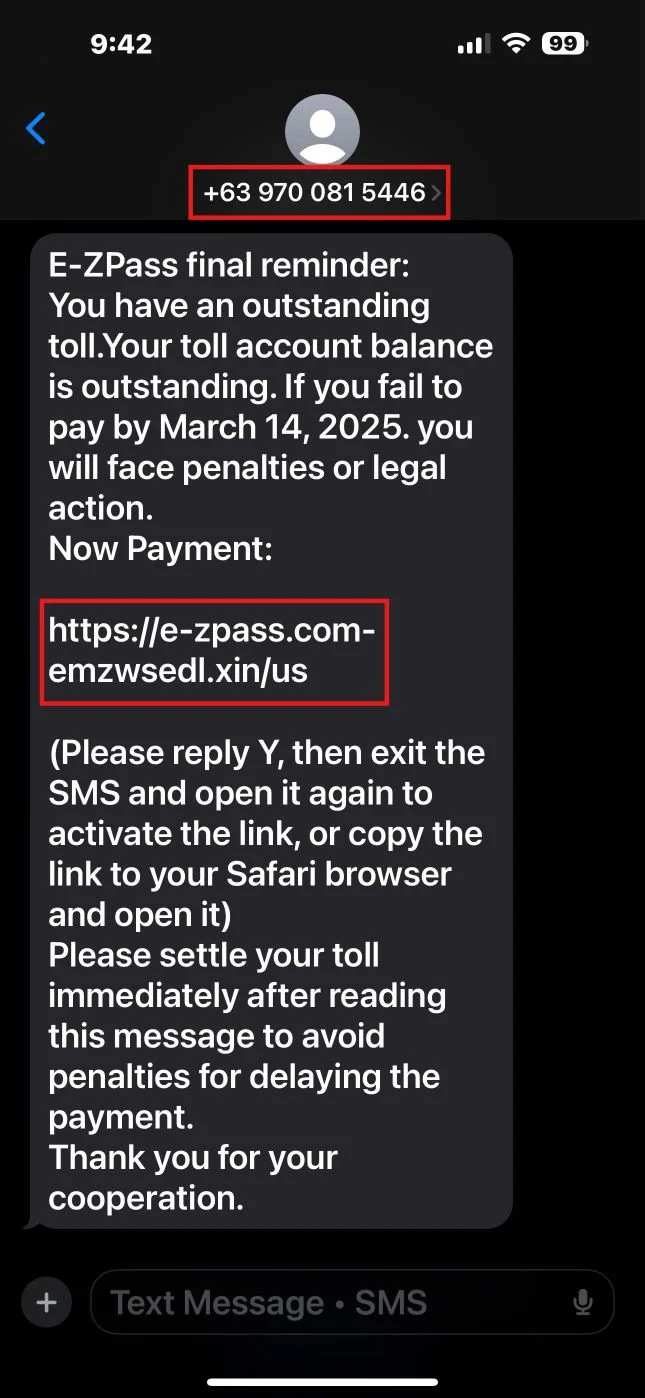NSA, CISA, and FBI Issue Urgent Warning on Fast Flux DNS: A Growing National Security Threat

In a powerful joint advisory released earlier this month, the National Security Agency (NSA), Cybersecurity and Infrastructure Security Agency (CISA), Federal Bureau of Investigation (FBI), and international partners from Australia, Canada, and New Zealand warned that Fast Flux DNS techniques are an escalating threat to national and global cybersecurity.
The advisory, titled “Fast Flux: A National Security Threat”, underscores a major vulnerability in many networks and calls for immediate action from internet service providers (ISPs), cybersecurity vendors, and government organizations to improve detection and mitigation efforts.
What is Fast Flux?
Fast Flux DNS is a technique used by cybercriminals to rapidly rotate the IP addresses associated with a single domain name. This creates a moving target that’s extremely difficult to block or take down. Often relying on botnets made of compromised devices, Fast Flux enables malicious actors to maintain resilient command-and-control (C2) infrastructures that can support phishing, malware distribution, ransomware operations, and even dark web marketplaces.
There are two primary variants:
- Single Flux: Rotates IP addresses tied to a domain, allowing attackers to bypass IP blocking.
- Double Flux: Adds frequent rotation of DNS name servers, further enhancing redundancy and anonymity.
While similar techniques are used legitimately in content delivery networks (CDNs), Fast Flux behavior is weaponized by attackers to avoid detection and maximize uptime for malicious infrastructure.


Real-World Abuse
The advisory highlights several threat actors using Fast Flux:
- Gamaredon (linked to Russian cyber operations) leverages it to obscure their C2 infrastructure.
- Hive and Nefilim ransomware groups have incorporated it to evade IP-based defenses.
- Bulletproof Hosting (BPH) services offer Fast Flux as a premium feature on the dark web, allowing clients to dodge blocklists like Spamhaus.
According to screenshots included in the advisory, BPH vendors boast features like automatic redirection, fake server interfaces, and rotating global IP pools—designed to keep bad actors online and undetected.
Why It Matters
Fast Flux dramatically reduces the effectiveness of traditional network defenses. IP blocking becomes obsolete when addresses change every 3–5 minutes. Investigations stall as the infrastructure shifts faster than defenders can react. Phishing websites become harder to take down, staying active long enough to steal credentials or spread malware.
This agility makes Fast Flux a national security concern, as it supports cybercriminal and nation-state actors alike.
How to Detect and Defend Against Fast Flux
The advisory recommends a multi-layered defense strategy, including:
Detection Techniques
- Use threat intelligence feeds and DNS reputation services.
- Monitor for frequent IP address changes, low TTLs, and inconsistent geolocation data.
- Employ anomaly detection on DNS query logs.
- Track phishing-related traffic and rapidly shared domains.
Mitigation Steps
- Implement DNS and IP blocking or sinkholing of known Fast Flux domains.
- Use reputational filtering and block suspicious traffic.
- Enhance DNS traffic logging and alerting.
- Share indicators of compromise (IOCs) through platforms like CISA’s Automated Indicator Sharing (AIS).
- Train staff on phishing awareness to reduce the impact of the initial infection vectors.
Call to Action
The advisory makes it clear: not all Protective DNS (PDNS) providers block Fast Flux by default. Organizations must engage directly with their providers to ensure this capability is active.
Additionally, U.S. Defense Industrial Base (DIB) entities can access no-cost PDNS services through the NSA, and CISA offers similar support for federal civilian agencies.
For more information, see the full advisory here: CISA Fast Flux CSA
Conclusion
As cyberattacks grow more advanced, Fast Flux DNS represents a prime example of how attackers outpace traditional defenses. With backing from leading intelligence and cybersecurity agencies, this new advisory serves as a stark reminder: organizations must act now to close this vulnerability and bolster their cybersecurity posture against rapidly evolving threats.









